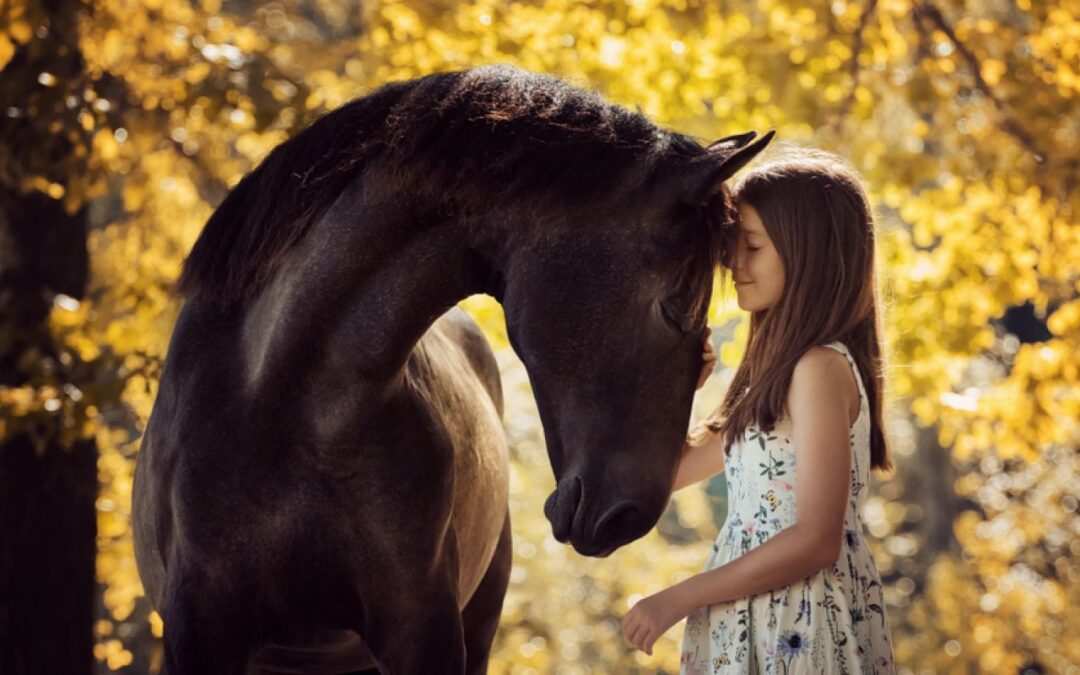Have you heard of One Health? One Health is the concept that people, animals, plants and the environment are all interconnected. One Health acknowledges the close ties between the worlds of human and animal health. It’s a concept that people in the animal health industry take very seriously.
“Animal health, human health and our shared environment are part of a deeply interconnected system. What affects one will ultimately affect the others.”
Health For Animals, the global animal health association
New innovations and ongoing practices in animal health contribute to reaching the UN’s Sustainable Development Goals, which seek to end poverty, improve health and education, reduce inequality and encourage economic growth, while addressing the threat of climate change. Consider these examples of how animal health, human health and the environment interact:
Livelihoods and basic survival
At its simplest and most immediate level, raising animals for food keeps people alive. Animal products provide high-quality protein, fats, vitamins and nutrients that help children grow strong and people of all ages stay healthy.
More than 1.3 billion people worldwide depend on livestock production for their livelihood. In the world’s poorest countries, owning livestock is associated with better nutrition for adults and children.
The Animal Health Institute, which represents the companies that make animal medicines in the US, reports that the US animal health industry provides jobs for more than 1.4 million people; companies making animal medicines pay more than $1.2 billion in salaries to US employees every year.
The Human-Animal Bond
When you call your pet your fur baby, live with a service dog, or consider your horse your best friend, you exemplify the human-animal bond. Animals are becoming family members and life assistants: Service dogs support vision- and hearing-impaired owners and people who need help with mobility. Seizure, diabetic and allergy alert dogs help manage chronic diseases. Emotional support animals help people with autism, depression and PTSD.
The human-animal bond helps people make connections, stay healthy and enjoy life. If you grew up with a pet, there was probably a time he or she was your best friend or closest confidant. Owning a pet improves quality of life and supports mental health in older people, and brings joy to people of any age.
Crossover Treatments
Many surgeries that improve or even save human lives are first tried on animals. Knee and hip replacements, organ transplants and open-heart surgeries were all developed using animals as early test subjects. Now, just as most of us know someone who has had knee or hip surgery, many of us know a friend whose pet has had a similar procedure.
Animals and people can suffer from some of the same conditions, like heart disease, kidney disease, and cancer. Medicines used in people to treat these diseases are first tested on animals. Veterinarians may prescribe human medicines for pets when no veterinary medicine is available to treat the pet’s condition. This is called off-label use, and is permitted by the US FDA’s Center for Veterinary Medicine under certain specific conditions. Now more human medicines are being investigated specifically for treating difficult conditions like cancer in dogs and cats.
Zoonotic disease
HIV. Avian Influenza Virus. COVID-19. All of these infect people; all of them originated in animals. More than 60% of emerging infectious diseases are zoonoses: they start as diseases of animals and then jump to people. Everything we do in animal health to identify, prevent and manage these diseases helps protect human health. Vaccinating your pets for rabies and controlling tuberculosis in cattle are two examples of how controlling disease in animals makes people safer.
When a disease outbreak does occur, people in the animal health industry work very closely with farmers, ranchers, and government agencies like the US FDA and USDA to quickly control the outbreak and protect human and animal health.
Environmental impact
Animal health and human health both impact the environment. Most of us know about using animal manure for fertilizing plants, and about the greenhouse gasses that are a natural side effect of digestion in ruminants. Innovations that may help reduce production of greenhouse gases by these animals include new husbandry and feeding techniques and improved stocking practices. The animal health industry is actively investigating these innovations and more.
Animals can help us manage the environment in positive ways, too. For example, kudzu is a highly invasive weed that can quickly push out all other plants; it’s sometimes called “the vine that ate the South.” Controlling and ultimately eliminating it takes many repeated applications of chemical herbicides that kill desirable plants too. As much as farmers and homeowners hate kudzu, goats love it. A herd of goats will nibble kudzu down to the root ball, without any chemicals needed.
New precision farming technologies giving farmers greater insights into the needs of, for example, each specific cow in a dairy herd, will allow veterinarians and farmers to provide more accurate diagnoses and more targeted treatments, reducing the use of antibiotics. In animal nutrition, precision farming can give corn and soy farmers more accurate information about water and soil conditions, so that they can provide the right soil nutrients at the right time, producing higher quality animal feed with less environmental impact.
People and animals share one environment. As the One Health concept teaches us, the health and vitality of one affects the health and vitality of the others. By working to improve animals’ lives, members of the animal health industry help people and the world we live in, each and every day.

Source: Health for Animal
Sign up for our newsletter to learn more about the latest trends in animal health and animal nutrition.


Recent Comments